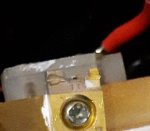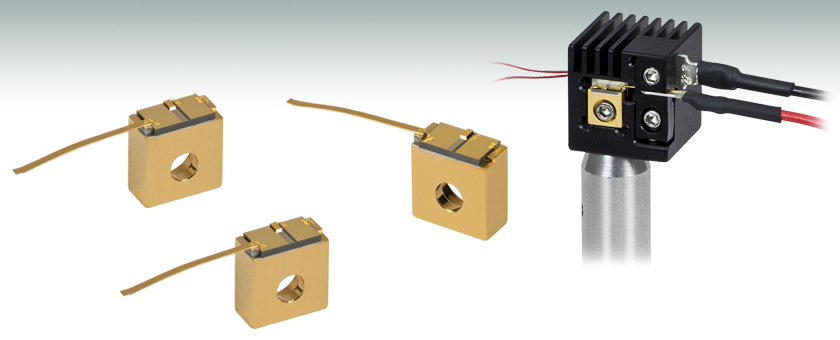celas
0
- Joined
- Feb 13, 2015
- Messages
- 76
- Points
- 8
What is the best way to attach a broken negative lead in C-mount diodes?
Careful soldering or some kind of conductive glue? I accidentally broke of negative lead from high power 808nm IR pump and I need to get it working again. What are your methods of dealing with this kind of situation?
Careful soldering or some kind of conductive glue? I accidentally broke of negative lead from high power 808nm IR pump and I need to get it working again. What are your methods of dealing with this kind of situation?





